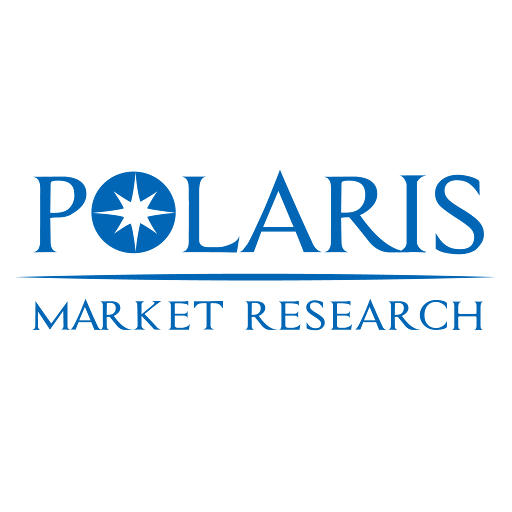In 2024, the global water and wastewater treatment equipment market was valued at USD 61.74 billion. The market is projected to grow at a CAGR of 5.40 % during 2025 to 2034, signaling sustained expansion across regions. While global drivers like urbanization, water scarcity, and regulatory tightening are well understood, the real strategic story lies in how each region’s geopolitical, regulatory, trade, and technological environments modulate demand, supply chains, and market penetration strategies. In Asia Pacific, North America, and Europe, differences in fiscal capacity, trade regimes, local manufacturing trends, and regulatory rigor produce distinct competitive landscapes and investment priorities.
In Asia Pacific, the market holds the largest share of global demand, driven by high population density, rapid urban growth, and rising industrial water use. According to Polaris Market Research, Asia Pacific dominated revenue share in 2024, reflecting regional manufacturing trends, cross-border supply chains, and import substitution goals. Many governments in China, India, South Korea, and Southeast Asia are mandating stricter effluent norms and promoting decentralized water reuse systems, intensifying adoption of advanced modules and packaged solutions. Local content requirements and tariff structures force foreign players to invest in regional manufacturing or localize subassembly. In North America, the demand profile is different: retrofit of aging infrastructure, stricter EPA discharge limits, and available public funding (e.g., U.S. infrastructure stimulus packages) drive demand for premium, high-end membrane and smart monitoring systems. The regulatory regime is mature, and buyers expect integrated digital solutions and lifecycle optimization. Europe sees a mixed pattern: core Western European markets like Germany, France, and the Netherlands focus on nutrient recovery, zero discharge, and circular water reuse, while Eastern European markets still need investment in basic capacity. The EU’s regulatory mandates (e.g. Urban Wastewater Treatment Directive, Water Framework Directive) set a high baseline, pushing vendors toward higher performance tiers and modular expansion.
Drivers vary regionally as well. In Asia Pacific, the driver remains scale: unmet sanitation, municipal expansion, and industrial demand growth. In North America and Europe, upgrades, replacement cycles, and performance optimization drive procurement. In Europe, integration into the circular economy (e.g. sludge valorization, energy recovery) is another critical driver. Cross-border supply chains and regional manufacturing trends matter: suppliers must balance centralized module fabrication with regional final assembly to reduce duty exposure and logistical cost. Market penetration strategies must be regionally tailored: in Asia, low-cost modular systems with local partnerships; in North America, premium aftersales, digital water, and recurrent service models; in Europe, compliance plus oxidative recovery.
Restraints also have a regional dimension. In emerging Asia, constrained public funding, limited technical capacity, and patchy operation and maintenance ecosystems slow adoption of complex systems. In North America, high energy usage for advanced systems, utility budget constraints, and labor shortages restrain adoption of more aggressive digital systems. In Europe, fragmentation of national regulations across countries, permitting delays, and variable public procurement cycles restrain rollouts. The need for local certification (CE marking in Europe, UL/NSF in North America) further complicates global vendors’ penetration.
Read More @ https://www.polarismarketresearch.com/industry-analysis/water-and-wastewater-treatment-equipment-market
Opportunities are distinct by region. In Asia, modular containerized treatment plants, decentralized water reuse units, and rapid deployment kits offer high-volume growth paths, especially in secondary and tertiary cities. Foreign vendors may partner with regional manufacturing hubs to minimize cost and duty burden. In North America, opportunities are strongest in smart water networks, diagnostics, predictive maintenance, digital twin platforms, and upgrade retrofits. In Europe, nutrient recovery, zero-liquid discharge, integration with energy grids (e.g. coupling wastewater plants with hydrogen or biogas systems), and advanced polishing systems offer margin expansion.
Trends across regions converge on digital water transformation, IoT telemetry, AI-based process optimization, and modular prefabrication. In Asia, the pace of modular adoption is accelerating; North America is focusing on asset performance optimization; Europe is pushing integration with circular economy and energy recovery. Companies with hybrid models—centralized core design but regionally adapted execution, regional manufacturing footprints, local service networks, and flexible market penetration strategies—will outperform. The blend of global scale and local responsiveness is essential in this fragmented, regionally differentiated global market.
Competitive landscape in this regionally nuanced global water and wastewater treatment equipment market remains concentrated among a few well-resourced incumbents with deep service networks. Key players include:
- Veolia
- SUEZ
- Xylem Inc.
- Evoqua Water Technologies
- Danaher
- Pentair
- Ecolab
These firms combine global reach, advanced technology portfolios, aftermarket service infrastructure, and ability to adapt regional supply chains, giving them substantial market hold. In sum, a regionally informed narrative clarifies that success depends not just on technology, but on regulatory agility, supply chain architecture, localized manufacturing, and differentiated penetration strategies across Asia, North America, and Europe.
More Trending Latest Reports By Polaris Market Research:
Pre-owned Luxury Watches Market
Closed System Transfer Device Market
Closed System Transfer Device Market
Drilling Waste Management Market
North America and Europe Open RAN Market
